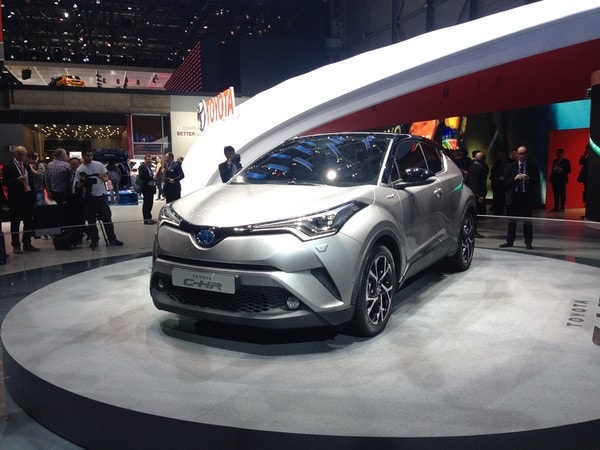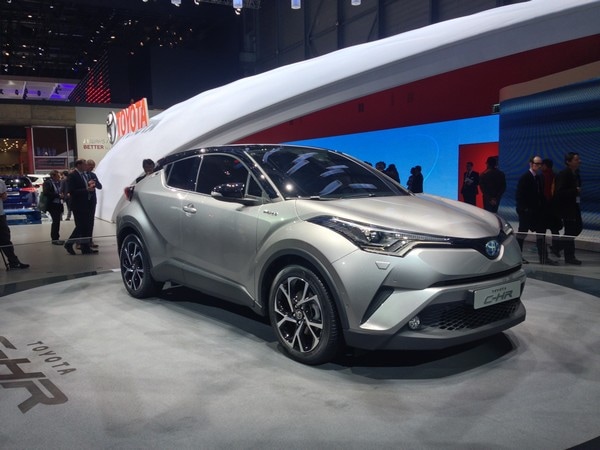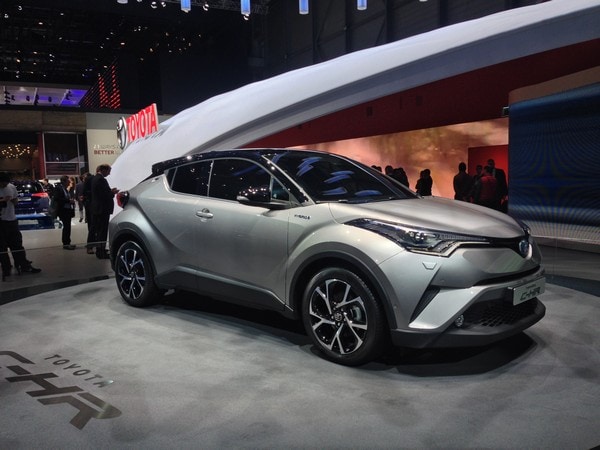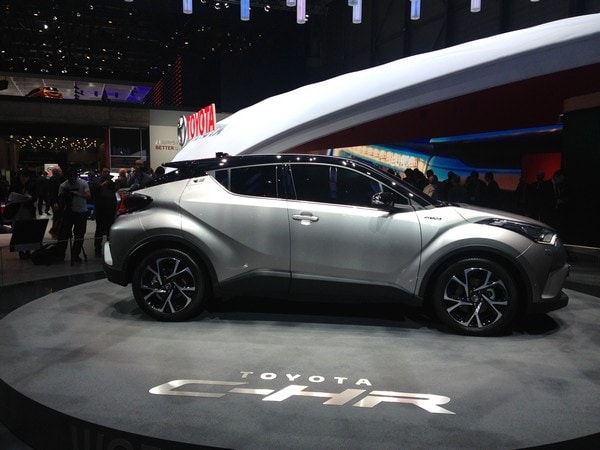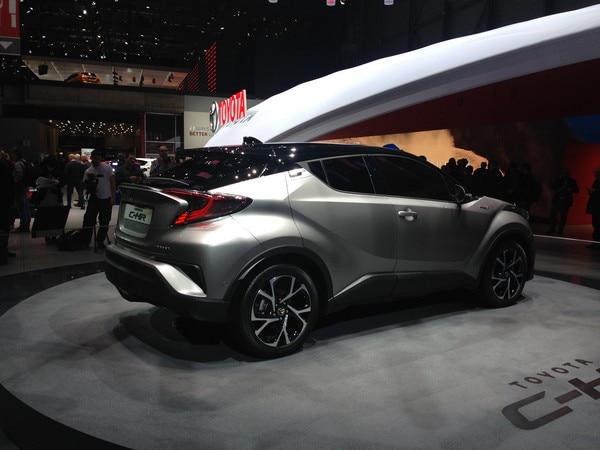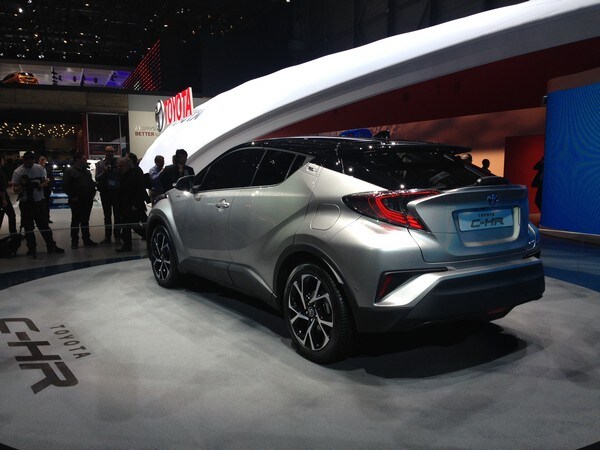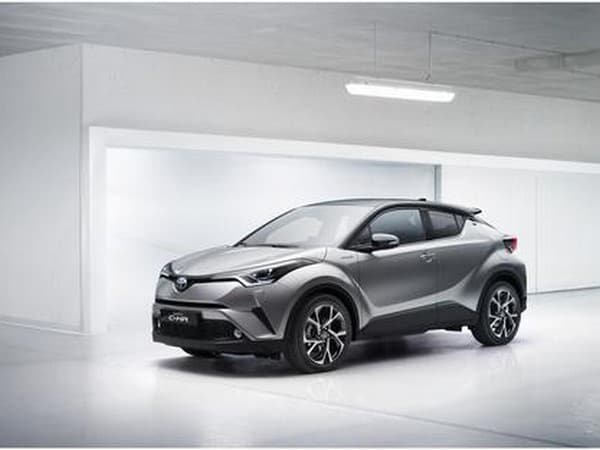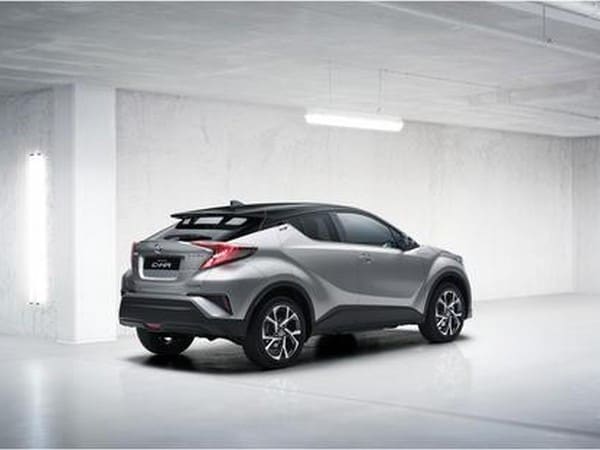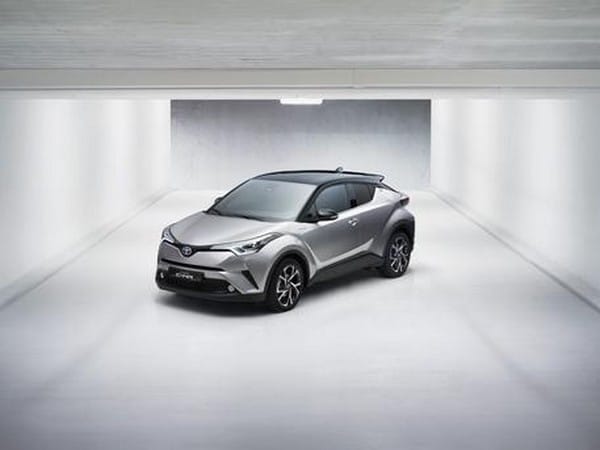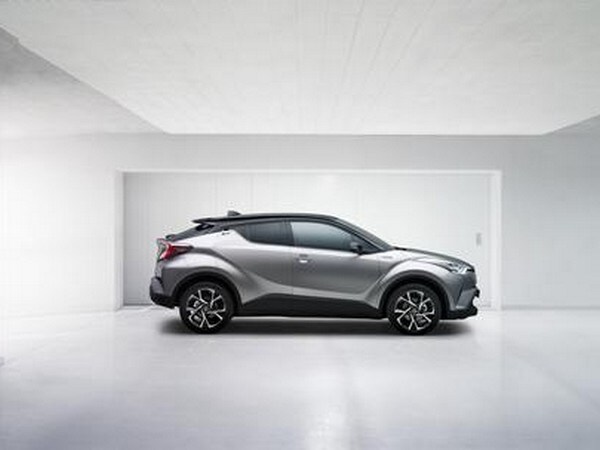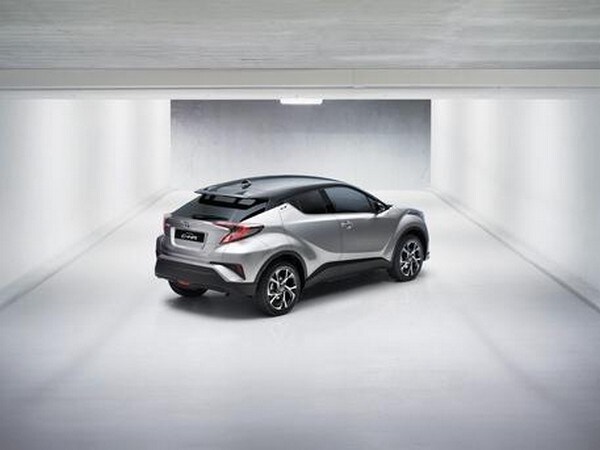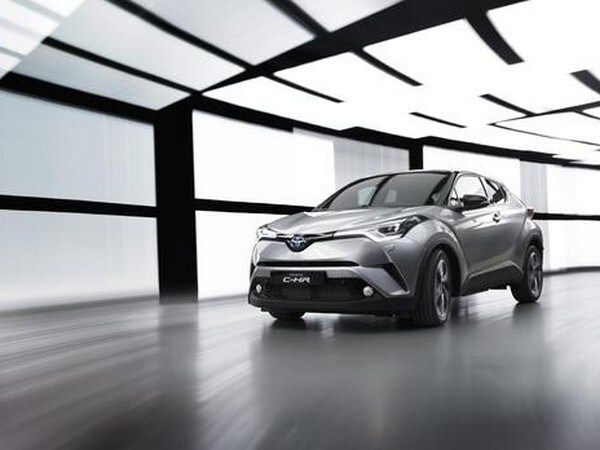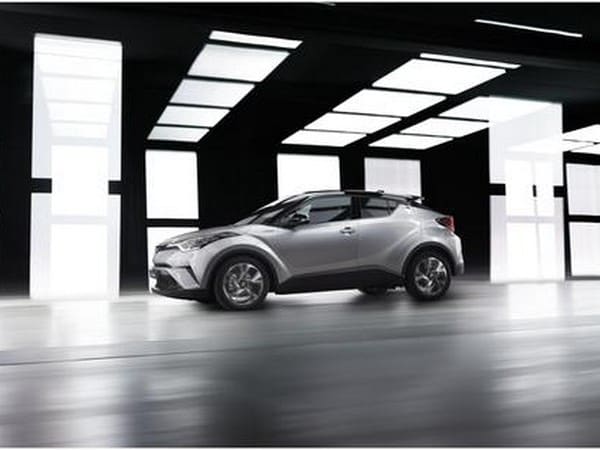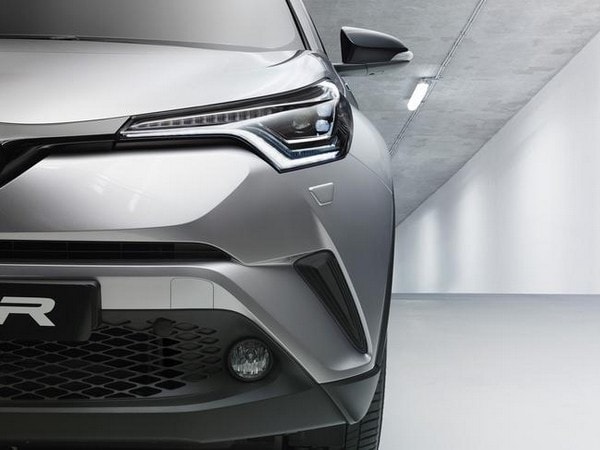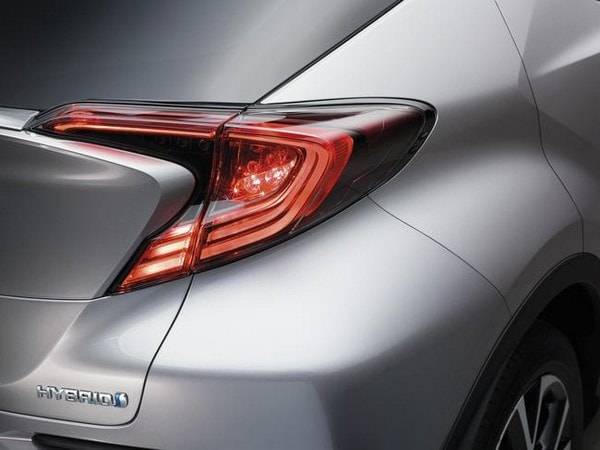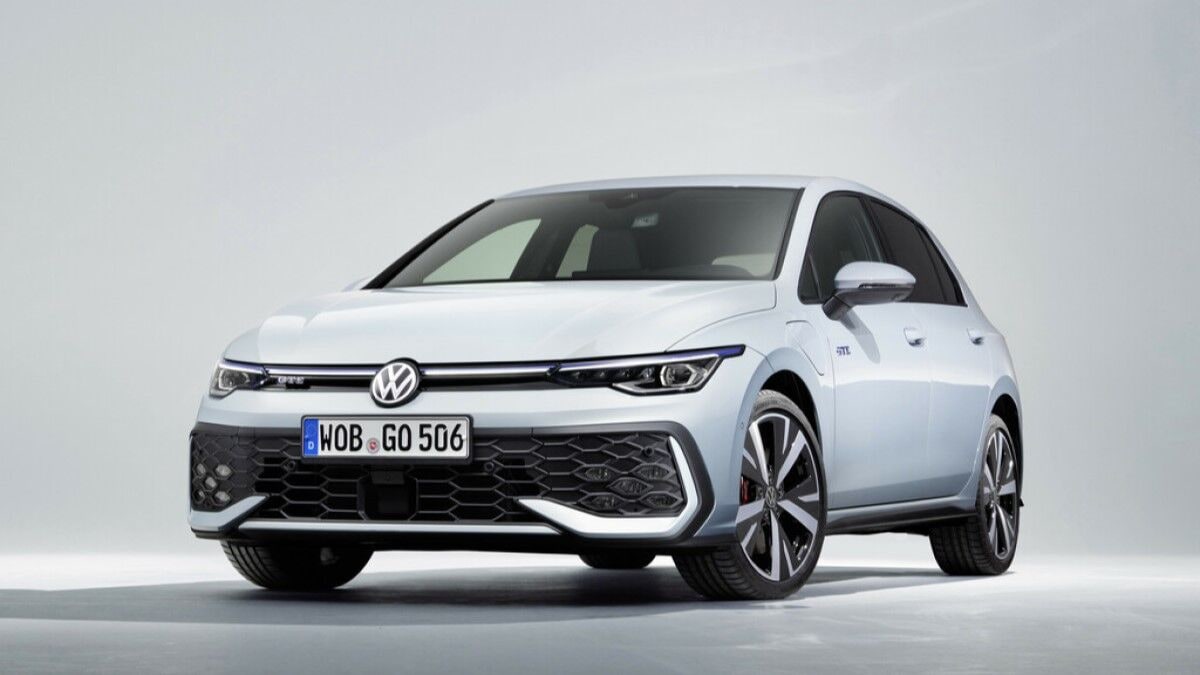UPDATE: We now have our first review of the 2018 Toyota C-HR, including pictures and pricing.
The wraps came off the production version of the Toyota C-HR subcompact crossover SUV in Geneva, giving the Japanese automaker a new presence in an expanding global market. The C-HR, based on the same Toyota New Generation Architecture that underpins the redesigned Prius, was originally slated to appear in the U.S. as a Scion, but now will be badged as a Toyota in the wake of the decision to discontinue the youth-oriented brand.
With expressive coupe-like styling, the C-HR is a 5-door hatch that sports a raised ride height and flexible passenger cabin that have made these vehicles popular among buyers migrating to crossover for the first time from conventional subcompact or compact sedans. Its rivals include the Nissan, Juke, Honda HR-V, Mazda CX-3, Chevrolet Trax and Subaru XV Crosstrek. The sharply angled design echoes the look seen on the new Prius and Mirai, with a coupe flair provided by hiding the rear-door handles in the vehicle’s C-pillar.
Three powertrains in Europe
At its Geneva launch, Toyota said the C-HR will be available in the European market with three powertrains. The entry level models will be powered by a 1.2-liter turbocharged 4-cylinder engine mated to either a 6-speed manual transmission or a CVT automatic. A 2.0-liter CVT model will be the step-up engine in certain markets. All CVT models are offered with a choice of either front- or all-wheel drive. The range topping C-HR will be equipped with the same hybrid powertrain as the Prius, which combines a 1.8-liter gasoline engine with a battery pack.
In addition to dynamic styling, Toyota is looking to enhance its image among younger buyers by improving vehicle ride and handling. The company says the new TGNA architecture, with its independent suspension, allows engineers to specifically tune the car for a more spirited driving experience. According to chief engineer Hiroyuki Koba, this is especially critical in Europe. “We wanted to achieve performance on par with a good C-segment hatchback,” he said, adding that the TGNA provides a low center of gravity that helps give a tall vehicle like the C-HR the handling characteristics of a conventional car.
Advanced safety standard
Among the driver assists and safety features offered as standard equipment are pre-collision and lane departure warnings, road sign assist, automatic high beam headlamps, adaptive cruise control and pedestrian detection.
Toyota will build the C-HR at a new plant in Turkey for the European market. The U.S. model is slated to bow just over a year from now as a 2018 model.
